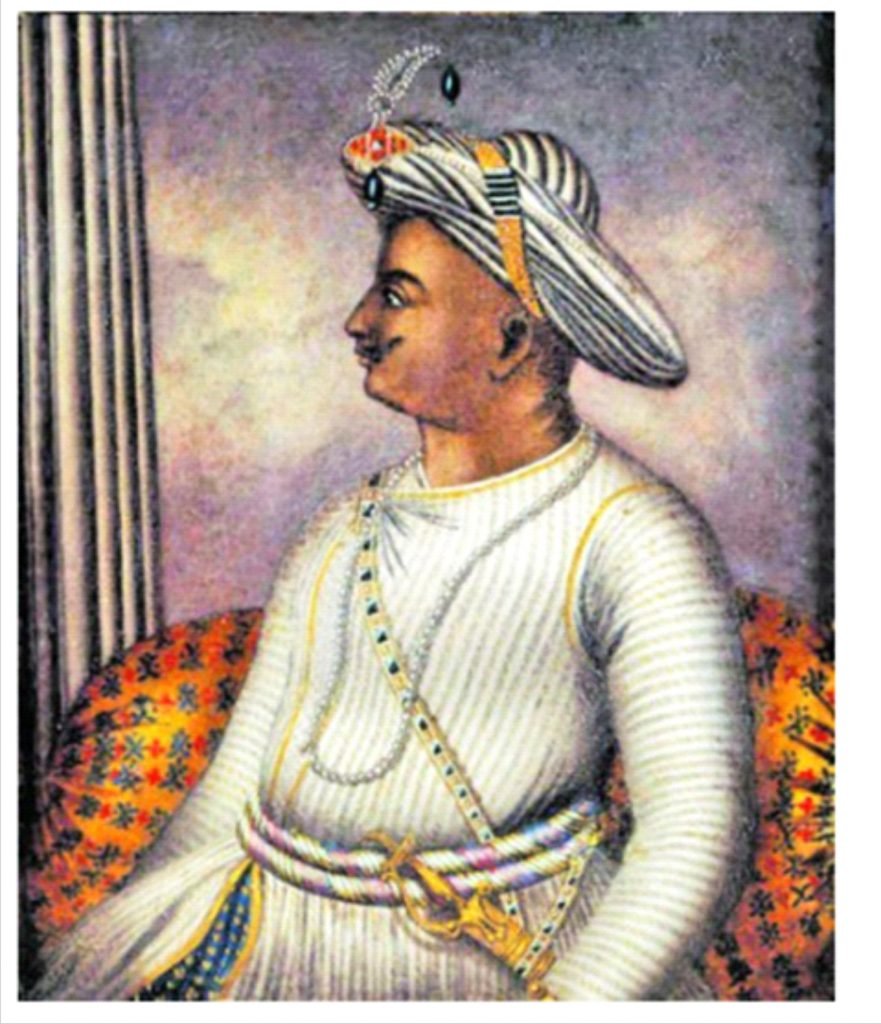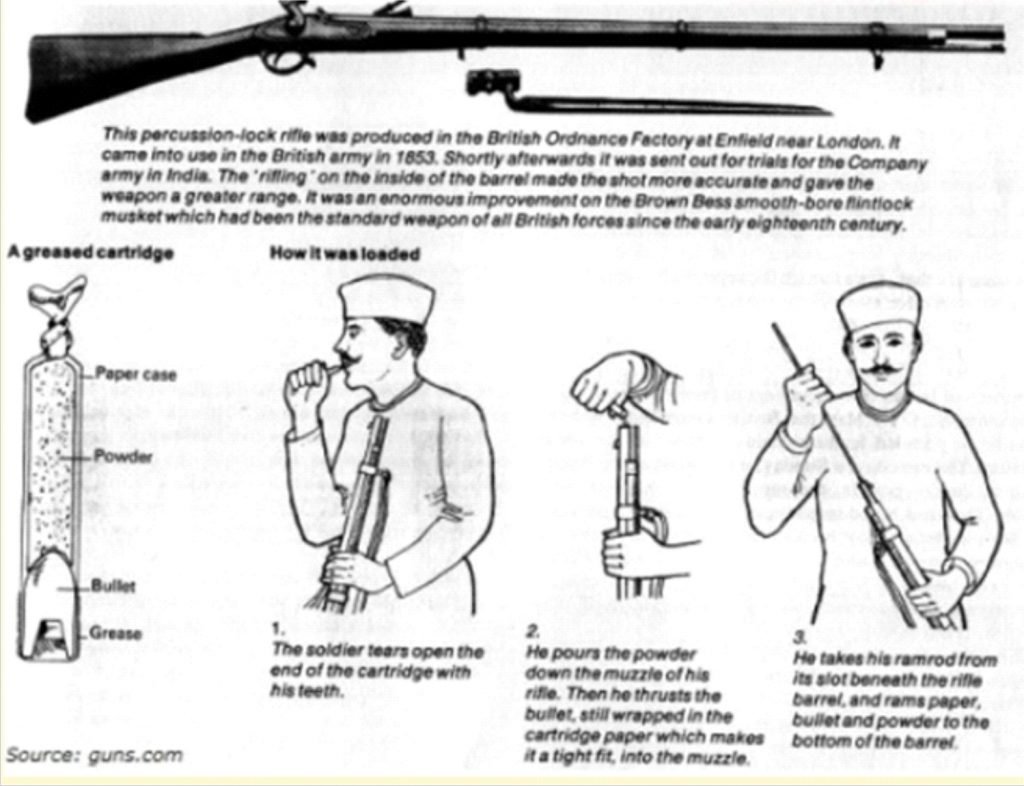Current Affairs (20th July 2021)
Tipu Sultan
Context:
- Recently, the name of Tipu Sultanhas been at the centre of controversy on naming a garden after him in Govandi, a suburb in Eastern Mumbai.
About:
-
- In January 2021, a Samajwadi Party corporator from Govandi suggested the Market and Garden Committee to name a newly developed garden after Tipu Sultan.
- The demand was accepted by the Brihanmumbai Municipal Corporation (BMC) administration in June and sent to the Market and Garden Committee for approval in mid-July.
- However, the move drew criticism from right wing organisations.
- They claimed that Tipu Sultan was an anti-Hindu leader and naming a garden after him would hurt religious sentiments of the community.
- It was claimed that right wing organisations is communalising the issue and there are other places in the city named after Tipu Sultan.
- There are at least two facilities (a ground and a road) in the western suburbs of Mumbai named after Tipu Sultan.
- Since 2015, after the emeregence of new political parties, contemporary historical figures like Tipu Sultan are being used by Muslim youth as a symbol of political assertion.
- Many pictures of Tipu Sultan have started coming up in areas across Maharashtra, particularly Marathwada, and locals claim that these posters are a way of the Muslim youth to show the contribution and history of Muslims in India.

Mangal Pandey Jayanti
Context:
- Many politicians paid tribute to Mangal Pandey, the first revolutionary Indian freedom fighter, on his 194th birth anniversary.
About:
- He was born on July 19, 1827, in a town near Faizabad, eastern Uttar Pradesh, although some give his birthplace as a small village near Lalitpur (southwestern Uttar Pradesh).
- He was from a high-caste Brahman landowning family that professed strong Hindu beliefs.
- He joined the army of the British East India Company (EIC) in 1849 and he was made a soldier in the 6th Company of the 34th Bengal Native Infantry, which included a large number of Brahmans.
- He revolted against the EIC for introducing cartridges that were greased with animal fat as it hurt the religious sentiments of the soldiers.

- Eventually, this movement of rebels reached other parts of India and which led to a mass revolt against the government.
- The movement of protest and rebellion came to be known as the Sepoy Mutiny of 1857, also known as the First War of Independence.
- On March 29, 1857, Pandey and his fellow sepoys rose up in rebellion against the British officers and even attempted to shoot them. As a result of this, he was executed on April 7, 1857, in Barrackpore.
- On May 6th, the entire 34th Bengal Native Infantry was disbanded ‘with disgrace’. This was carried out because an investigation ‘revealed’ that the soldiers had not restrained a mutinying soldier.
NBDriver
Context:
- IIT Madras has developed an AI tool called NBDriver (neighbourhood driver) for use in analysing cancer-causing mutations in cells.
About:
- NBDriver can look at harmful “driver” mutations and distinguish them from neutral “passenger” mutations that do not have any effect on the progression of the disease.
- This distinguishing between driver and passenger mutations is done based on the concept that the nature of the mutation depends on the neighbourhood (or context) of a mutation in the genome.
- Model – Robust statistical modelling is used to show that there is a significant difference in the pattern of sequences (or context) surrounding the driver and passenger mutations.
- A dataset containing 5,265 mutations was studied to derive the model.
Accuracy:
- NBDriver had an overall accuracy of 89% and ranked second out of 11 prediction algorithms. In comparison, the top performing tool (FATHMM) had 91% accuracy on the same dataset.
Significance:
- NBDriver database will enable cancer researchers with limited computational or programming skills to get predictions and extract genomic information on their preferred set of mutations.
Live-streaming court proceedings
Context:
- The Chief Justice of India recently inaugurated live streaming of proceedings at the Gujarat High Court.
Significance of live streaming:
- Live streaming of court proceedings is crucial for dissemination of information and the spread of information is sacrosanct to free speech.
Challenges with live streaming:
- As noted by the CJI, with live-streaming Judges who will have to work under public scrutiny, is liable to be swayed by multiple public debates and may tend to lose objectivity. Hence the live streaming may be a stressful environment for the judge to work in.
- The live streaming does pose some challenges for the protection of privacy and security of victims and witnesses.
Digital Fertility Map
Context:
- Recently, Bihar’s Kishanganj got a digital fertility map and farmers are raising concerns about this.
About:
- It has been prepared by the scientists of Bihar Agriculture University (BAU), Sabour, in Bhagalpur district.
- It is prepared using data and maps compiled using field surveys backed up by remote sensing and other environmental data, expert opinion, and laboratory analysis.
- There are growing concerns pointed out by the agricultural experts. Thus, farmers are worried about the growing digitalisation of farming.
Significance:
- Farmers can now easily decide which crops they should grow in particular areas for better gains.
- They can introduce new crops and easily go for crop diversifications.
- They can also decide about the exact dose of fertilisers after knowing the fertility level of their soil. Thus, it prevents decline in fertility of agricultural land.
- The soil fertility level helps farmers to decide about the selection of crops based on rainfalls and climate.
- 300 days of farmer employment: The private players, if they are involved, will go for crop diversification which will give at least 300 days of employment to farmers.
Challenges:
- Private companies could exploit the data
- Farmers will be most affected and might end up giving away their land as well
- Disruption in Crop patterns
- Taking off from traditional crops is not always beneficial
- Issue of Water Management
- Such Contract farming will lead to ownership fights
- Low market price
- Farmers Lacking awareness
Way Forward:
- Confidence Building measures need to be taken by involving farmers and all the stakeholders.
- The Data Protection regime should be strengthened so that data related to land would not be misused by the corporations.
- Necessary awareness needs to be provided to the farmers.
- Robust grievance redressal mechanisms need to be established at the District level.
AMC and AMR
Context:
- Recently, a report titled “Antimicrobial Consumption and Resistance in Bacteria from Humans and Animals” has found positive associationsbetween antimicrobial consumption (AMC) in animals and antimicrobial resistance (AMR) in animals as well as in humans.
About:
- It analysed possible relationships between AMC in humans and food-producing animals and the occurrence of AMR in bacteria from humans and food-producing animals in the European Union (EU)/European Economic Area (EEA).
- It analysed data for six classes of antibiotics: Third and fourth generation cephalosporins, fluoroquinolones, polymyxins, aminopenicillins, macrolides and tetracyclines.
- The report analysed data from three years (2016, 2017 and 2018) for a comparison between AMC in food-producing animals and humans.
- The data used was collected as part of clinical and epidemiological surveillance/monitoring.
- Five different surveillance networks, coordinated by agencies covering EU member states, two EEA countries (Iceland and Norway) and Switzerland, contributed to data sets.
- The joint inter-agency report was published by the European Centre for Disease Prevention and Control, the European Food Safety Authority and the European Medicines Agency.
Major Findings:
- Use of Antibodies
- Penicillins, first- and second-generation cephalosporins and macrolides were the highest selling classes in human medicine.
- For food-producing animals, tetracyclines and penicillins were the highest selling classes in 2017.
- The consumption of colistin, a last resort antibiotic and an HPCIA was higher in food-producing animals than in humans across the EU.
- Correlations between AMU and AMR
- It established significant correlations between AMU in humans and animals with AMR in humans, animals respectively and also across sectors.
- AMU in food-animals is linked to AMR, not only in animals, but also in humans.
- Major Examples
- There was a significant positive association between consumption of fluoroquinolones and other quinolones in animals and resistance in E. coli from food-producing animals as well as humans.
- The consumption of third- and fourth-generation cephalosporins in food-producing animals was seen to be associated with resistance to third-generation cephalosporins in humans.
- Although the resistance against colistin in isolates from food-producing animals was low, the consumption of colistin in animals had a significant impact on resistance to colistin in E. coli from food-producing animals.
- Macrolide resistance in C. jejuni from humans was related to macrolide resistance in C. jejuni from poultry as well as turkey.
- In food-producing animals, statistically significant positive associations between consumption of aminopenicillins and ampicillin resistance were found in E. coli across all years.
- Similarly, positive association between ampicillin resistance in E. coli from food-producing animals and ampicillin resistance in invasive E. coli from humans was observed for all years.
-
- Significance
- Appropriate data on the use of CIAs in humans and animals and understanding on their linkages to AMR can help inform necessary policy decisions related to restricting the use of CIAs in animals or adoption of preventive measures to reduce dependence on antibiotics in food-animal production.

